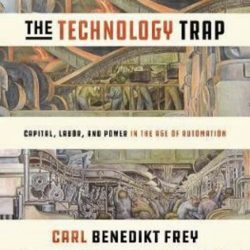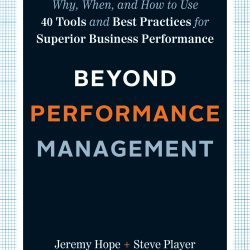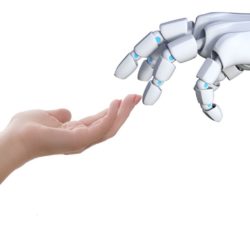History & Economy: Putting Industry 4.0 in a historic perspective

The Technology Trap takes a closer look at how innovations are adopted and draws parallels between the past and the present. The book sets out to explain why people resisted the use of new technologies during the first industrial revolution and why the same thing might be happening now with artificial intelligence. Author Carl Benedikt Frey starts off with a quote by Winston Churchill: “The longer you look back, the farther you can look forward”. He then takes the reader 10,000 years back in time, to the invention of agriculture, before fast-forwarding to the 18th century and beyond and even venturing into the future.
Throughout the book, Frey argues that reluctance – or even outright defiance – concerning innovations stems from the fear of becoming redundant. He shows that this fear is not irrational, because technological advancements do indeed cause short-term pain for workforces in order for society as a whole to benefit in the longer term. The topic of robots is mentioned multiple times in the book. Even though organizations often argue that robotization and automation does not lead to job losses, Frey disagrees and points out examples of this happening before during previous industrial revolutions.
Hence, the title The Technology Trap refers to how the displacement of labour by technology is having a destabilizing effect on society. The book offers a new economic and historic perspective on Industry 4.0 to give society new possibilities to shape the outcome of the latest industrial revolution. It is an interesting read for history enthusiasts, as it is littered with light-hearted references to contemporary society such as the ‘Make America great again’ campaign. However, casual readers might feel that the often lengthy passages about the industrial age dominate the book a little too much.
‘The Technology Trap’ (2019), Carl Benedikt Frey. Princeton Press, 312 pages, €28.40
![]()









